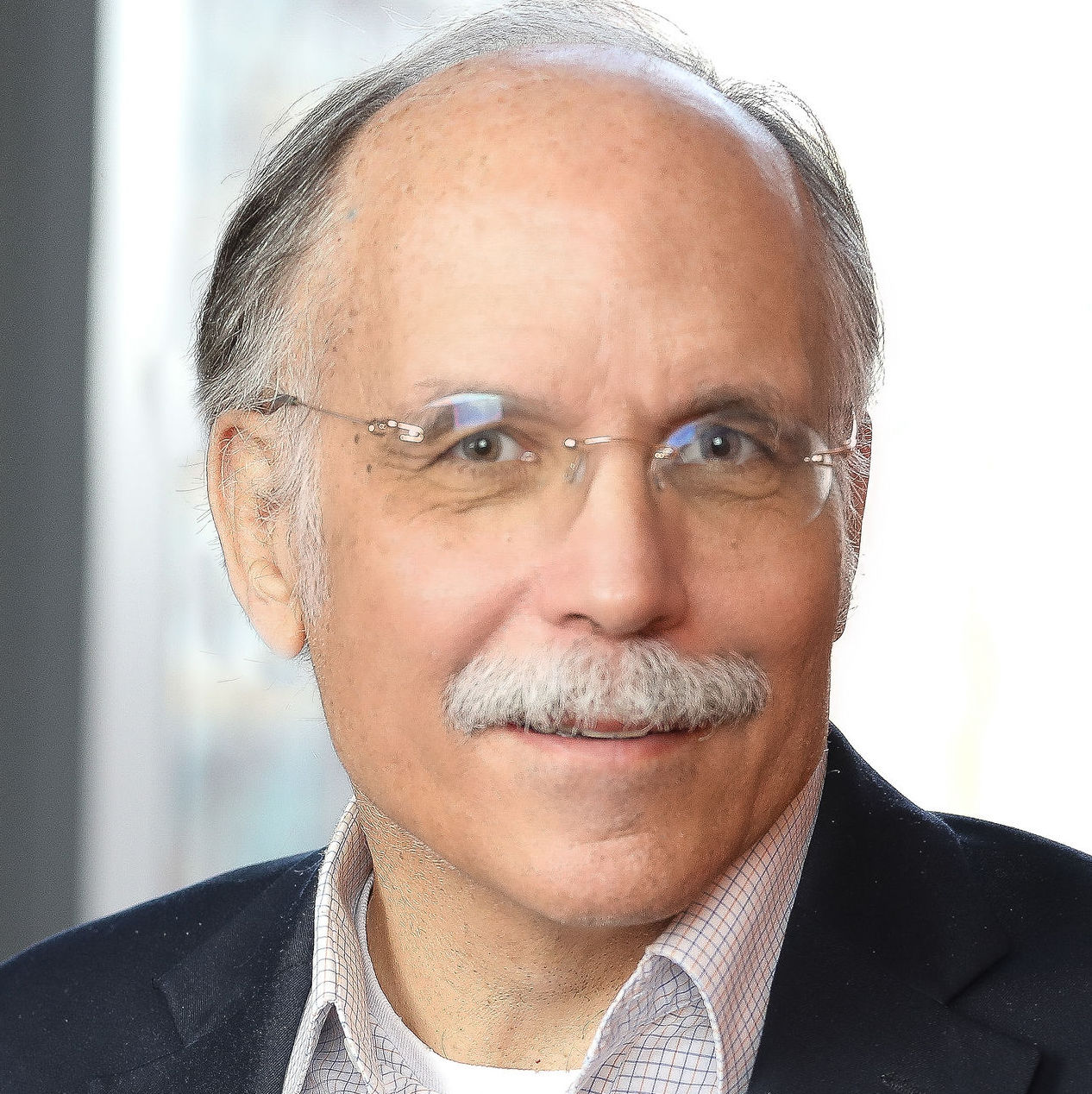Forming New Ecosystems
Over the past months, I’ve been coaching #strategicdoing practitioners as they design and guide the formation of new ecosystems. These ecosystems generate solutions to wicked problems. They help us close our ingenuity gap…the chasm between the problems we face and the solutions we create.
During this work, I distilled a few thoughts.
===
>> Ecosystems represent open networks embedded in other open networks.
>> The value of an ecosystem comes in speeding the flow of resources to promising ideas…ideas that create shared value through solutions to complex challenges.
>> Participants in an ecosystem are drawn together to pursue a shared purpose that also rewards individual participants. They collaborate to create value.
>> Collaboration represents a creative process among equal partners. It is a process of recombinant innovation, creating better solutions with assets at hand. It’s collective ingenuity at work. Collaboration fundamentally differs from cooperating, coordinating, networking, or teamwork.
>> Collaboration partners create value — they generate solutions — that no individual partner can create alone.
>> Collaboration relies on generating reliable information from relentless experimentation and continuous monitoring.
>> Collaborations emerge from conversations with a predictable structure. #strategicdoing provides the ten skills to design and guide these conversations.
>> Alignment, mutuality, balance, and shared learning characterize productive collaborations.
>> Both collaborations and ecosystems are complex adaptive systems. We cannot manage them strictly, but we can guide them with constraints and questions.
>> An ecosystem is a portfolio of collaborations that emerge from activities on a platform. You don’t design the ecosystem. You design the activities on the platform.
>> Designing and guiding collaborations is a rigorous practice. It is largely learned through experience, which means it is primarily a craft, although it is a creative art for some of the best practitioners.
—
If you want to learn more about our work in ecosystems, I have posted several touchpoints in the comments.


The Founder of the Lab at UNA and co-author of Strategic Doing: 10 Skills for Agile Leadership, Ed’s work has focused on developing new models of strategy specifically designed to accelerate complex collaboration in networks and open innovation. He is the original developer of Strategic Doing.
